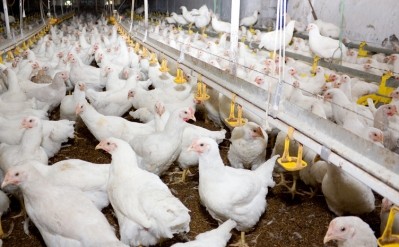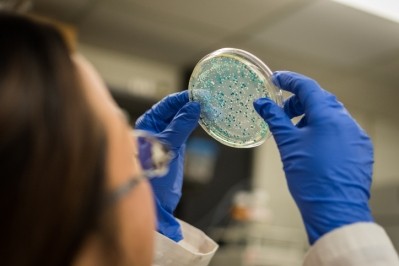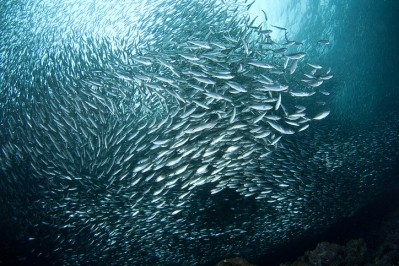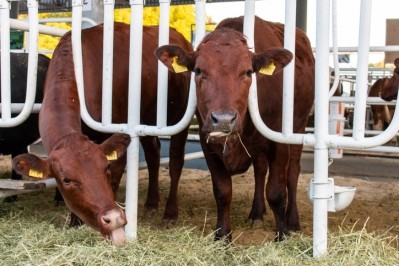Extruded feed may support carnivorous fish growth, nutrient digestion
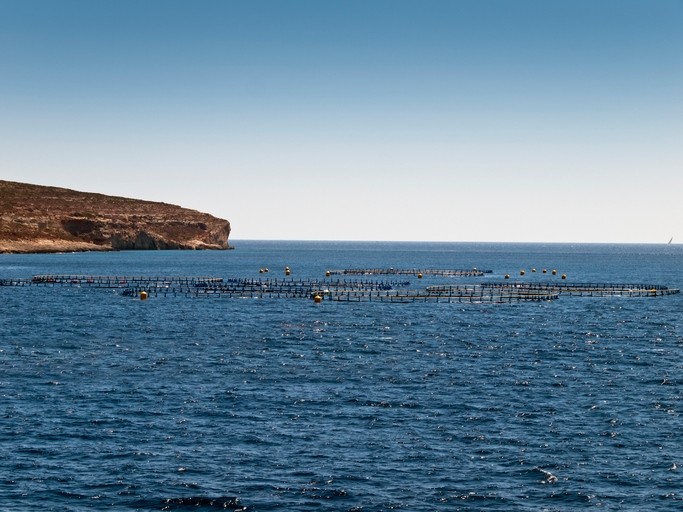
An international team of researchers from Mexico and Norway explored the use of extruded aquafeed and the changes in growth performance and gut microbiome linked to the feed’s use. The team members published their work in the journal of Animal Feed Science and Technology.
Understanding the effect that feed nutrients have on a fish’s microbiome is needed to design new feeds for use in intensive production systems, the researchers said. “In this work, the effect of extrusion of aquafeed diets using industrial extrusion equipment with and without pressure and high and low extrusion temperature on the gut microbiome and growth performance of totoaba (Totoaba macdonaldi) is studied,” they added.
The researchers found that the extrusion process improved the protein efficiency ratio (PER), the apparent digestibility coefficient (ADC) and altered the microbial taxa in the four gut sections evaluated. “Vibrio, Photobacterium, and Shimia, colonize the intestine of totoaba fed with extruded diet, while the genus Ruegeria was observed almost at constant levels in both dietary treatments, in most of the intestinal sections,” they added.
“As the addition of carbohydrates seems to be essential from the industrial point of view, we can conclude so far that the extrusion process enhances the fed quality,” they said in the study. “Thus, it will improve an overall better performance with higher fish growth, protein efficiency ratio and feed conversion efficiency.”
Why extruded feed?
In fish, previous studies have linked microbial communities to fish health, development, immunology and nutrition, the researchers said. However, new technology has improved the ability to study entire microbiomes.
“The intestinal microbiota could be considered as a metabolically adaptable and rapidly renewable organ of the body,” they said. However, little work on fish microbiome has been done compared to the research covering terrestrial animals.
Dietary change is one “driving force” to alter the composition of intestinal microbiota as the type, amount and nutrient balance can have an influence, they said. Previous research also has explored the influence of dietary carbohydrates on fish intestinal microbiota.
“In nature, carnivore fish rely on smaller fish as food, where carbohydrates are the lowest nutrient found in their natural environment,” the researchers said. “In the marine environment, there are not such high complex carbohydrates as could be found in formulated diets, and probably seawater microbial organisms will not readily degrade them.”
Commercial fish diets for carnivorous fish tend to contain a high level of carbohydrates, they said. In floating feeds, extrusion technology can mean that carbohydrates – often pure starch – are used to produce pellet expansion.
“The expansion is achieved due to high pressure and friction, leading to a high gelatinization, which usually improves the ingredients digestibility besides the floatability,” they said. “Therefore, the extrusion technology is essential in converting the seed for feed gelatinization allowing the feed expansion.”
However, extrusion technology continues to progress and new high pressure and temperature combinations being established to improve gelatinization and digestibility, they said. Unprocessed grains often are not easily digestible and many carnivorous fish are not prepared to digest large amounts of carbohydrates.
It is essential to examine feed processing to understand how digestible feed ingredients commonly used in aquafeeds can be, the researchers said. Currently, many of the research studies use feed generated at laboratory scale, not through an extrusion process and the starch is only partially cooked.
“This fact must be crucial for the microbial colonization due to the nutrients availability along the intestinal tract,” they said.
The totoaba is a carnivorous marine fish that demonstrates the potential for aquaculture and may help in conservation of vaquitas – an endangered marine mammal, they said.
“Therefore, the nutritional requirements of totoaba have been a subject of research,” they said. “However, the majority of those studies have been performed using non-extruded diets.”
Commercial aquaculture production needs high growth rates in fish, and knowledge of the microbiome to allow for promoting healthy bacteria could support the development of aquaculture production of totoaba, they said.
Methods and materials
In the feeding trial, 1,000 juvenile fish were acclimated to a commercial fish feed, then given one of three diets for a period of 17 days, the researchers said. A control diet was generated with no carbohydrates to mimic a natural diet for a carnivorous fish (C-free).
The reference diet was much higher in protein than the experimental diets so it was not used to compare growth performance but to evaluate the intestinal microbiome, they said.
“Two experimental diets were formulated to contain; 480 g Kg−1 CP; 110 g Kg−1 CL and 60 g Kg−1 pure starch,” they said. “To minimize the variables, one was passed into an extruded under normal conditions (ED), and the second diet was passed into the extruder but with modifications (MED).”
The MED diet was run through the extruder but no steam or extra pressure was used during the processing, they said. Both diets were made using a single segmented screw Extru-Tech.
Fish were harvested on day 17, and whole fish tissues and fish digestive tracts were collected for analysis, the researchers said. Fecal and feed samples were collected throughout the trial for analysis and to establish nutrient digestibility, acid-insoluble ash (AIA) and the apparent digestibility coefficient (ADC).
Fish also were assessed for weight grain, thermal growth coefficient (TGC), feed conversion efficiency (FCE), and protein efficiency ratio (PER).
Results
Fish on the extruded diet (ED) had higher weight gain, improved PER and FCE when compared to those getting the modified extruded diet, the researchers said. The PER for the ED diet also was higher than for the reference (C-free) diet.
Fish getting the extruded diet also had better ADC results for each nutrient checked including dry matter, protein, lipids and carbohydrates, they said. Fish on the ED diet had slightly lower protein content in tissue, but higher lipid levels.
The reference diet had a higher dispersion of operational taxonomic unit (OTU) diversity, they said. Several types of bacteria were found in all three fish intestinal tracts, however, there was a large amount of Firmicutes found for fish on the reference diet and an “enrichment” of Vibrio and Photobacterium for fish on the ED diet.
“Thus, the primary effect of the extrusion process on gut microbiome is an enrichment of genus Vibrio,” they added.
“The presence of carbohydrates in the diet, extruded or modified extruded diets, induces a reduction of the bacterial diversity in all intestinal sections when compared with the reference C-Free diet,” said the researchers. “The effect of extrusion is less critical in [the pyloric caeca] PC, in which Halomonas and Shewanella are largely dominants than the others intestinal sections. The abundance of genus Ruegeria was observed in all intestinal sections except in PC, an abundance that is affected by both the presence of carbohydrates and the extrusion process.”
Source: Animal Feed Science and Technology
Title: Effects of extruded aquafeed on growth performance and gut microbiome of juvenile Totoaba macdonaldi
Authors: Fernando Barreto-Curiel, Shamayim Ramirez-Puebla, Einar Ringø, Alejandra Escobar-Zepeda, Ernestina Godoy-Lozano, Rafael Vazquez-Duhalt, Alejandro Sanchez-Flores, María Viana
DOI: https://doi.org/10.1016/j.anifeedsci.2018.09.002
